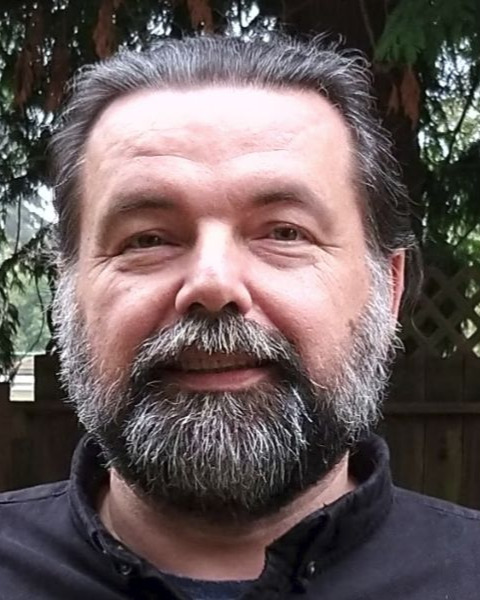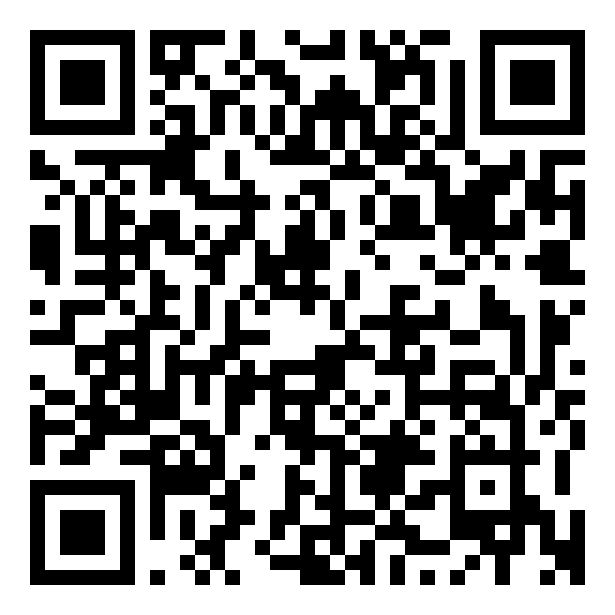
Assay Development and Screening
High Throughput Viral Infectivity Assays for Vaccine and Antiviral Drug Development Using Automated Brightfield Microscopy and Analysis by Machine Learning

Ilya Goldberg, PhD
CSO
ViQi Inc
Santa Barbara, CA, United States
Primary Author - January Poster(s)
Viral infectivity assays are an essential step for the development of viral vaccines and antiviral drugs, however the incubation periods of plaque and TCID50 assays can be as long as 14 days, and the alternatives like fluorescent focus assay (FFA) require antibodies and extensive sample preparation or GFP-labeled viruses. Automated image analysis tools for interpreting FFA require manual parameter selection which can make the assay subjective.
ViQi, Inc. has developed AVIATM (Automated Viral Infectivity Assay), a quantitative viral infectivity assay using automated brightfield microscopy on 96-well plates and machine learning to detect phenotypic changes within cells from viral infection before these changes are detectable by manual inspection. Infection phenotypes can be identified within a few hours after infection depending on the virus, and can be done on live cells without requiring any sample preparation or fluorescence imaging.
Methods:
A one-time AI training on a virus and cell-line combination is required, which is done automatically in the ViQi cloud using a single 96-well plate imaged over a timecourse. After that, 96-well assay plates can hold 8-12 independent samples, depending on the number of replicates and virus dilutions. Plates are imaged after an incubation time determined in the training phase. A High Content Imaging device with a 20x+ objective is required to obtain brightfield images for analysis. Images are uploaded and analyzed in the cloud by AVIATM. One-time training reports are typically returned in a day, and assay reports are emailed back in under an hour.
Thus far, machine learning models have been trained on six viruses including DNA, RNA, enveloped, and non-enveloped virus types, including viruses that do not reliably result in quantifiable cytopathic effects, such as HIV and Adenovirus.
Observations:
The AI training phase includes a viral dilution calibration curve, which is automatically fitted with a four-parameter sigmoid with terms for the upper and lower plateaus, and the assay's linear range. In each case, the linear range of this assay was equivalent to or more broad than that of plaque assays (typically readable over a 10-fold range), providing a higher assay density on 96-well plates than possible with TCID-50s or conventional plaque assays. Because this technology is sensitized to specific phenotypes of viral production, it may have potential as a rapid, broad-based identification and diagnostic tool for live, infectious viruses.
 View Leader Board
View Leader Board
SLAS Events

1st Prize - Comp Reg + Hotel/Airfare to SLAS2023 in San Diego
2nd Prize - $50 Starbucks Gift Card
3Rd Prize - $25 AMEX Gift Card
Keep an eye on the leader boards to see who’s at the TOP. Winners will be announced after SLAS2022.
Each participating poster in the exhibit hall will have a QR code next to it. For virtual participants, look for the scavenger hunt icon for participating posters.
